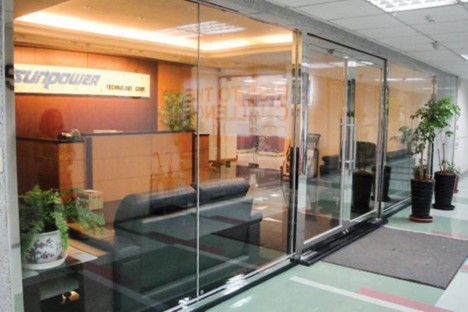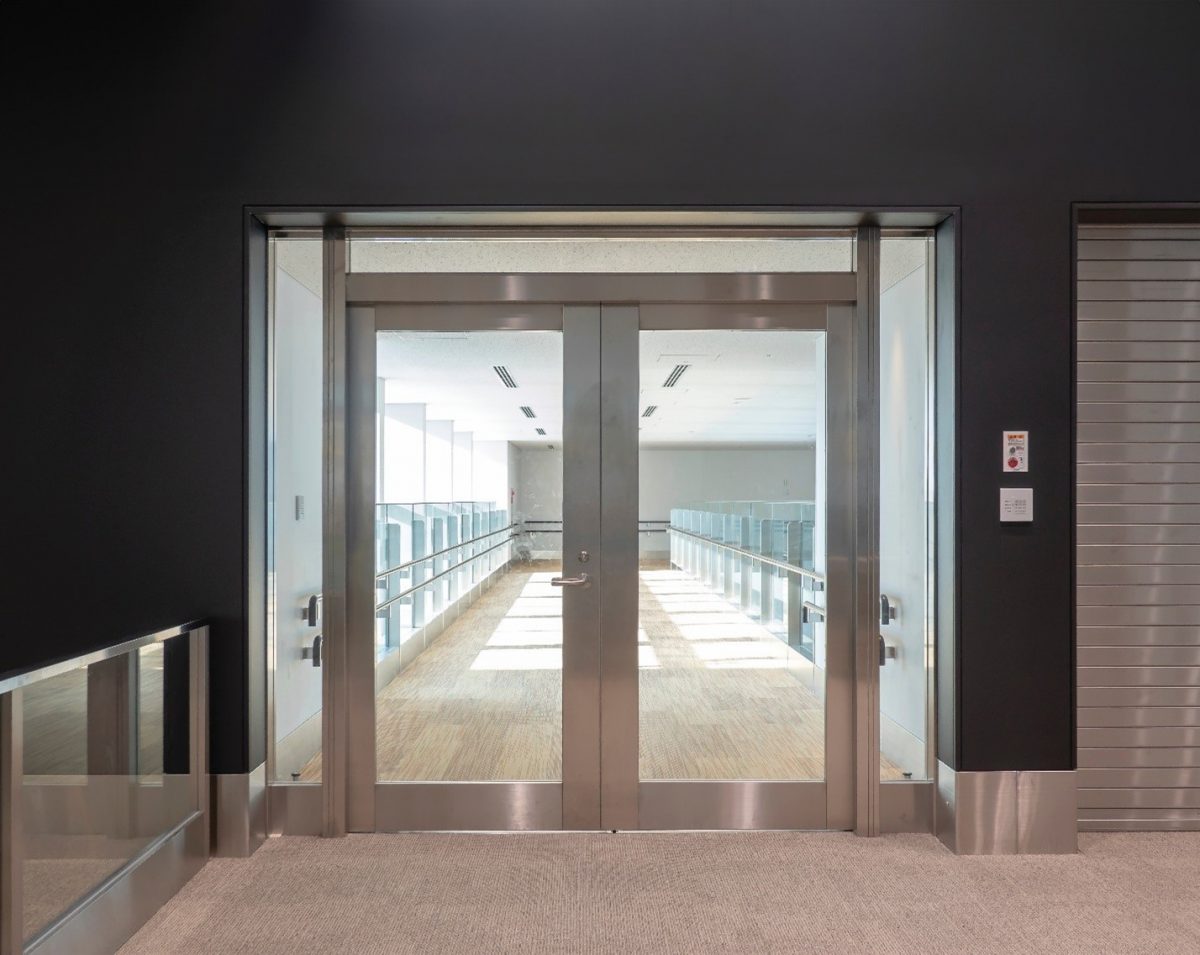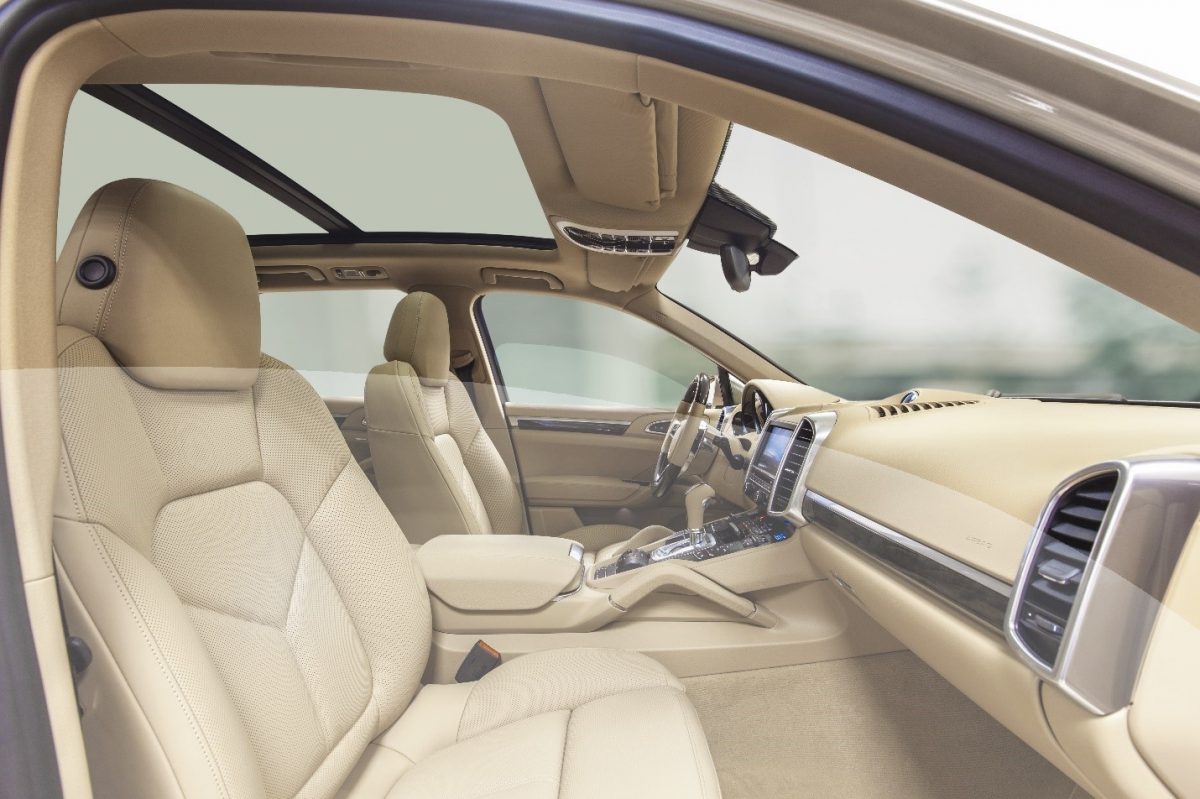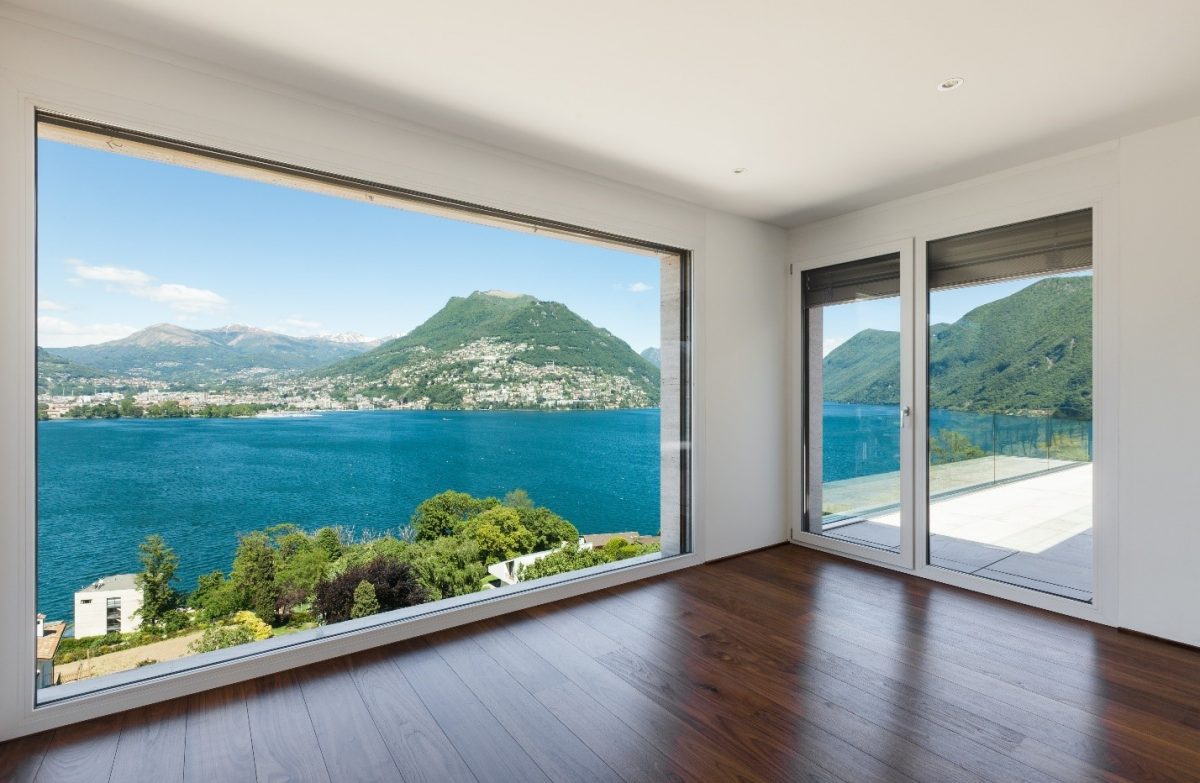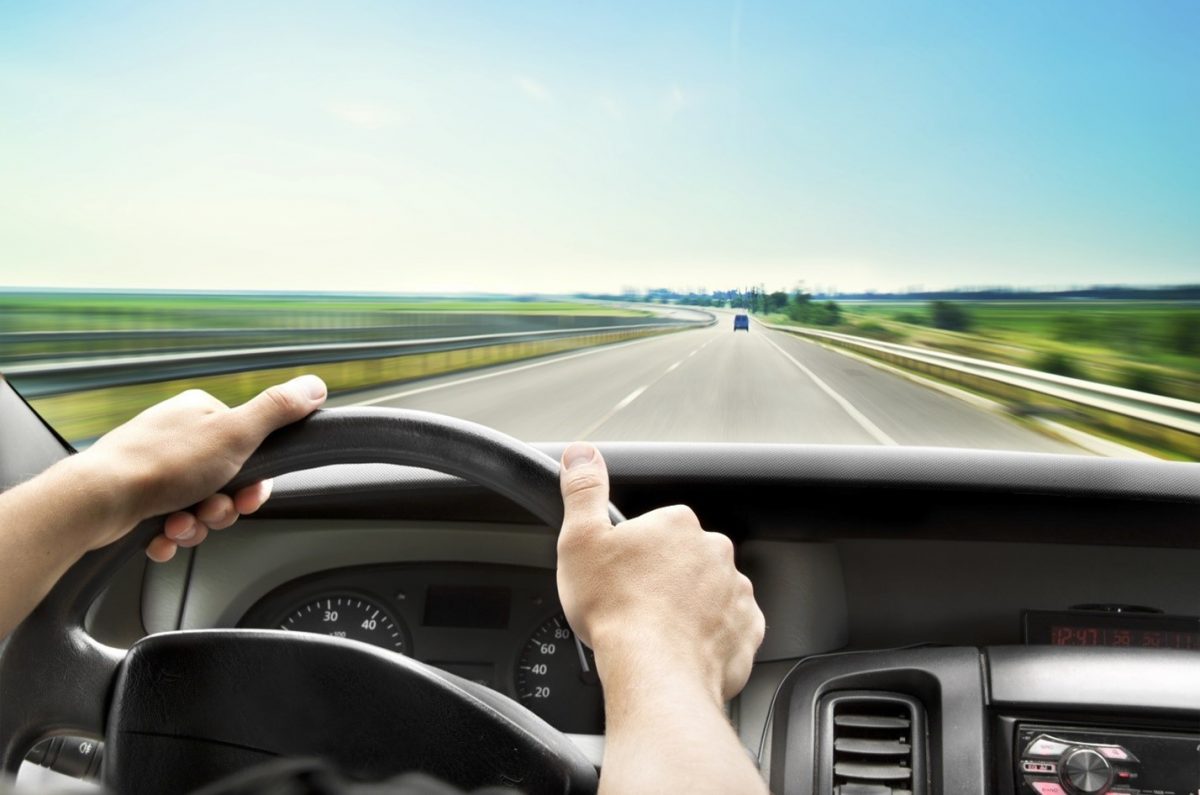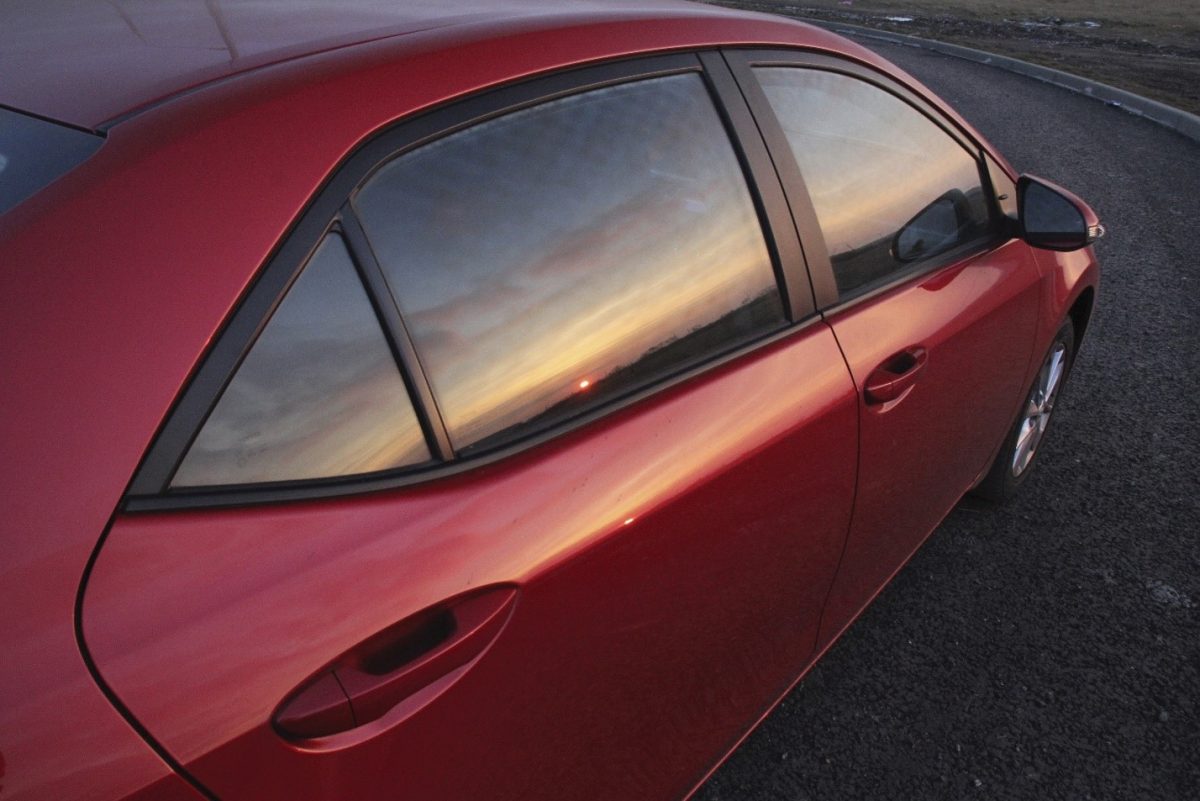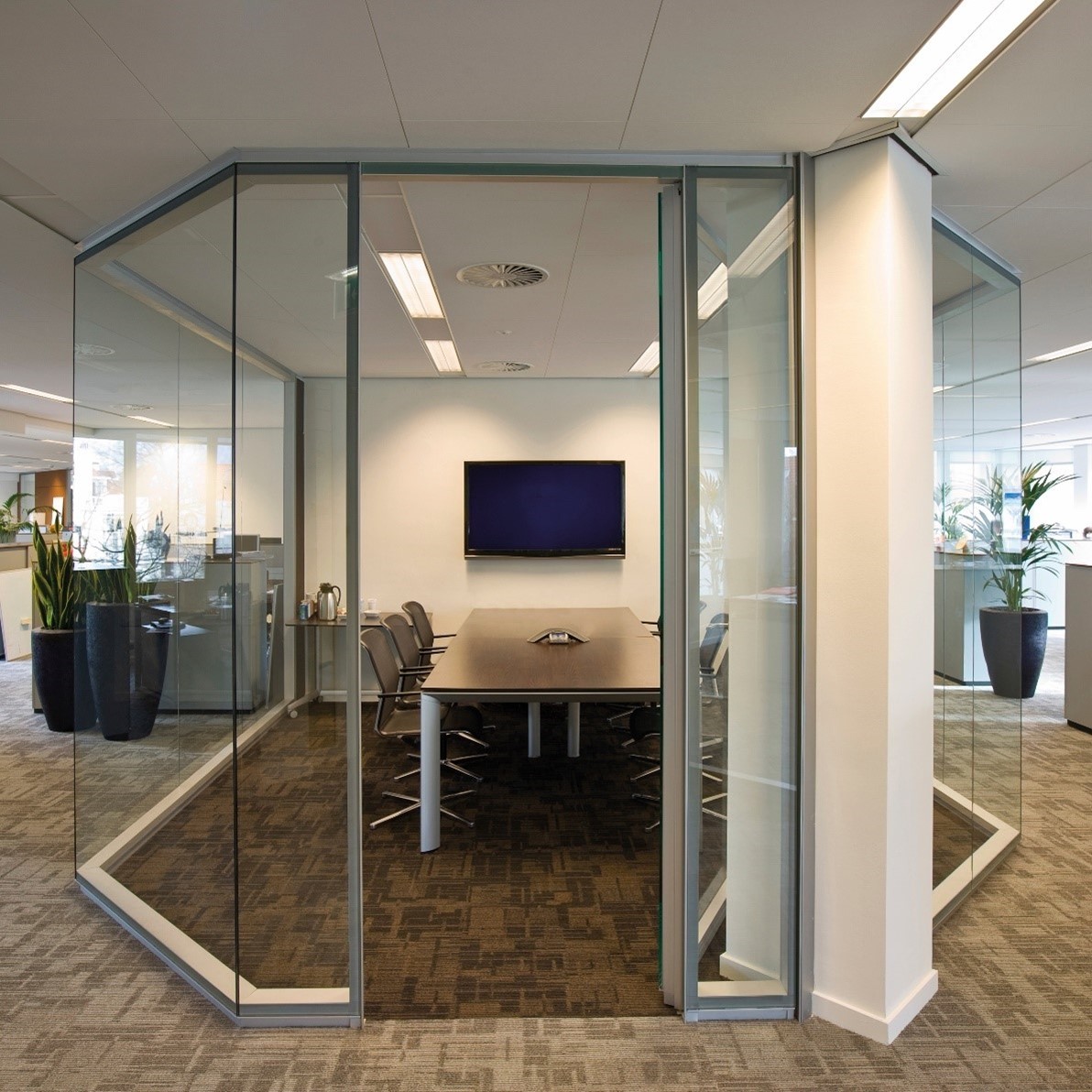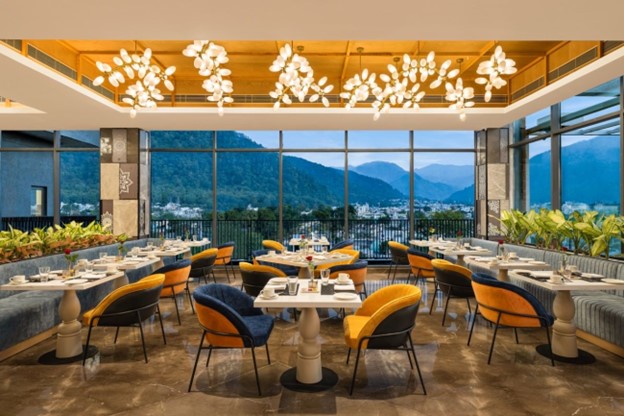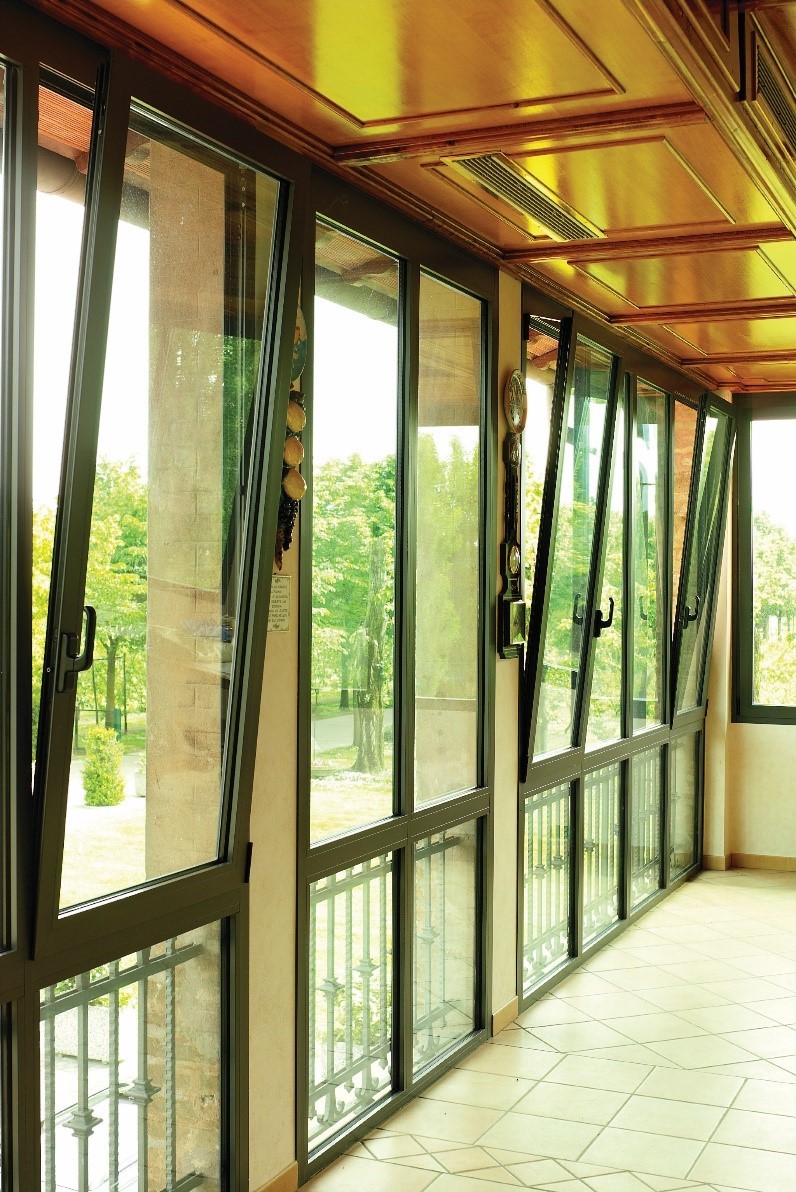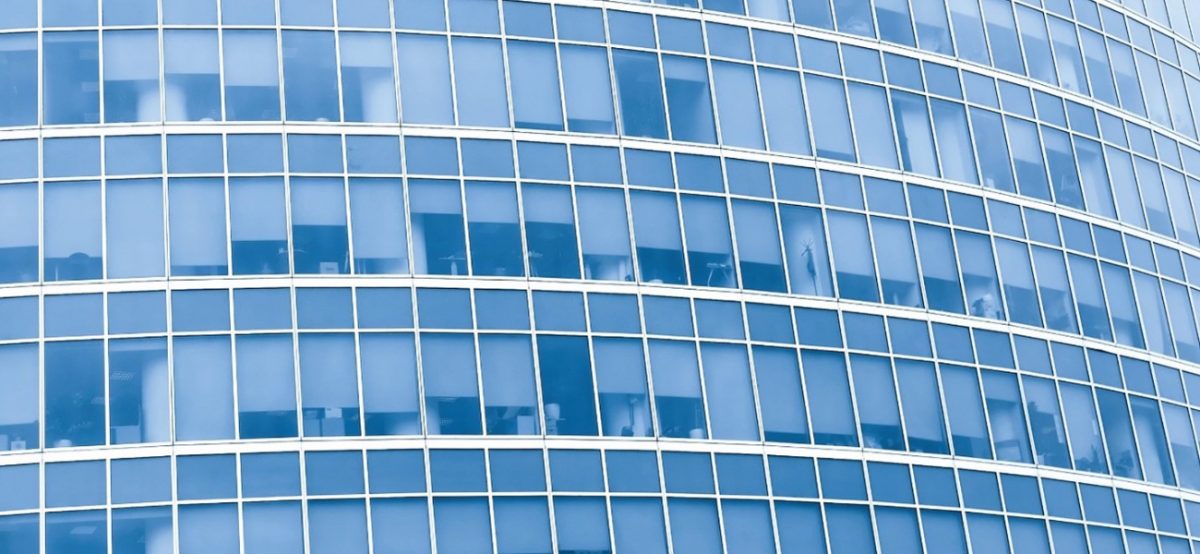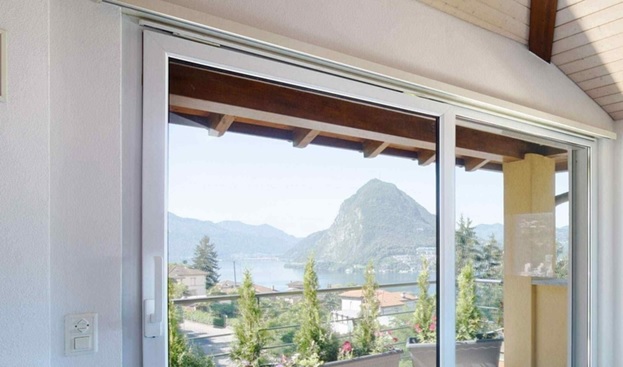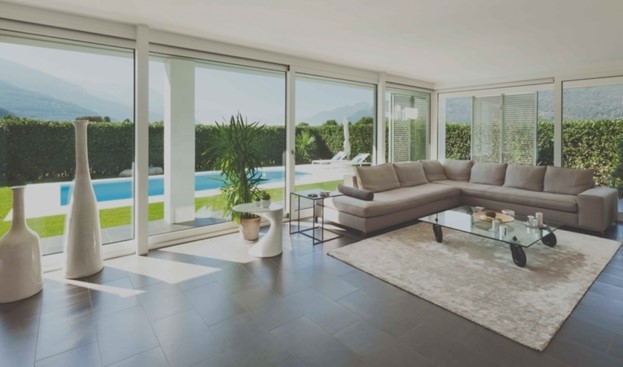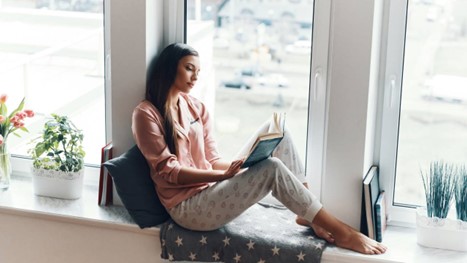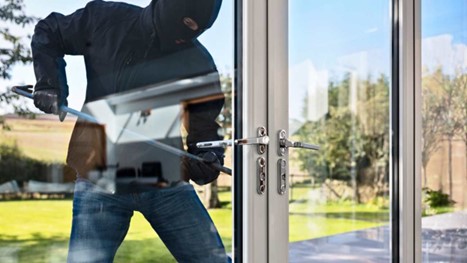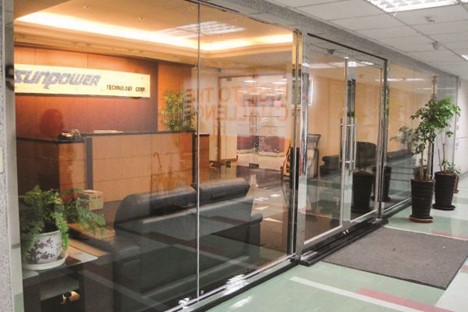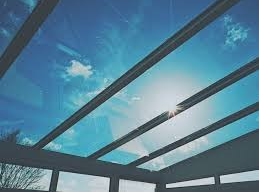Dark green UV-cut glass is an automotive glass specifically designed to block harmful ultraviolet rays from the sun. It is typically tinted dark green and incorporates special coatings that filter out UV radiation.
UV rays can cause a variety of health problems, including skin cancer, premature ageing and eye damage. UV protection is particularly important in vehicles, as passengers are often exposed to prolonged periods of sunlight. Dark green UV-cut glass offers a convenient and effective way to shield occupants from these harmful effects while also ensuring legal compliance in India.
This guide delves into some of the notable advantages of dark green UV-cut glass in passenger vehicles.
Advantages of Dark Green UV-Cut Glass in Passenger Vehicles
1. Protection Against UV Rays
UV rays can cause significant damage to both the interior of your car and your health. Dark green UV-cut glass effectively blocks a substantial portion of these rays, offering several advantages.
UV rays can accelerate the fading, cracking and discolouration of car interiors. By shielding the interior from these harmful rays, dark green glass helps to maintain its appearance and value over time. This can be particularly important for those who plan to keep their vehicles for many years.
Excessive UV exposure can increase the risk of skin cancer, premature ageing and other health problems. Dark green UV-cut glass helps to protect passengers from these risks by reducing their exposure to harmful UV radiation.
2. Reduced Heat and Glare
One of the most noticeable benefits of dark green UV-cut glass is its ability to reduce heat and glare. This is due to the dark tint, which helps to absorb and reflect sunlight.
Dark green glass can create a more comfortable interior environment by blocking a significant portion of the sun’s heat, especially during hot weather. This can help reduce the strain on your air conditioning system and improve fuel efficiency.
Reduced glare from the sun can enhance visibility, making driving safer and less tiring. This is particularly beneficial during bright sunlight or when driving towards the sun.
3. Enhanced Privacy
The darker tint of dark green UV-cut glass can provide an added layer of privacy, making it more difficult for people outside the vehicle to see inside. This can be beneficial for passengers who value privacy, especially during personal trips or when parking in public areas.
4. Energy Efficiency
Dark green UV-cut glass can reduce the need for excessive air conditioning by keeping the interior cooler. This can lead to improved fuel efficiency and lower emissions, contributing to a more environmentally friendly driving experience.
5. Aesthetic Appeal
Dark green UV-cut glass can also enhance your vehicle’s aesthetic appeal. The dark tint can give your car a more sophisticated and stylish look, complementing its overall design. This can be particularly important for those who value their vehicle’s appearance.
6. Compliance with Regulations
Along with complying with regulations requiring the tint level of vehicle windows to be 50% for windows and 30% for windshields and rear windows, dark green UV-cut glass also provides the desired level of protection.
It is important to check laws and regulations to ensure that your choice of tint complies with applicable standards.
Conclusion
Dark green UV-cut glass offers numerous benefits for passenger vehicles. By effectively blocking harmful UV rays, it protects the vehicle’s interior and its occupants from potential health risks.
Additionally, its ability to reduce heat and glare enhances comfort and safety. The added privacy it provides can be valuable for personal trips, and its aesthetic appeal enhances the overall look of your vehicle.
If you are looking for glass solutions with expert guidance and customisable options, AIS Glass is the perfect provider for you. AIS is dedicated to providing high-quality glass products that enhance safety, aesthetics and functionality.
Book a consultation today to find the ideal glass solutions for your needs with AIS Glass.


